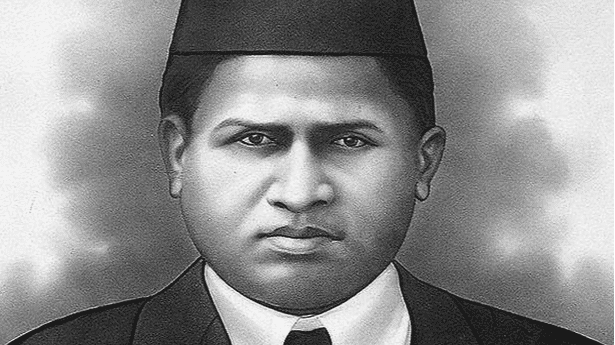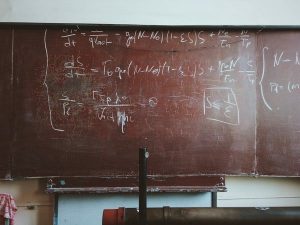Srinivasa Ramanujan wrote to G. H. Hardy on January 16, 1913.
Ramanujan was a self-taught mathematician who hailed from a small Indian town. He had almost no formal maths training. Hardy was a world-renowned mathematician and a professor of the subject at Cambridge University.
Also read: National Mathematics Day 2021: Who is Srinivasa Ramanujan?
Ramanujan’s letter included a sample of the theorems he had discovered. “The theorems baffled me totally; I had never seen anything in the least like them before,” Hardy later recalled, adding, “they must be true, because no one would have the ingenuity to write them if they were not true.”
What happened next would have a profound impact on both of their lives. In his book “A Mathematician’s Apology,” Hardy would later write about Ramanujan, claiming that working with him was the most significant event of his life.
Also read: Priyanka Chopra Jonas glad to finally speak Hindi dialogues in ‘Jee Le Zaraa’
Ramanujan was confined to a London hospital in 1918, when he was visited by his then colleague and long-time friend G H Hardy. Hardy, had come in a taxi with the number ‘1729’ and had mused about it on his approach to Ramanujan’s room. After a brief greeting, Hardy blurted out, “it was rather a dull number.”
When Ramanujan learned about the number, he expressed his surprise, “No Hardy, it is a very interesting number. It is the smallest number expressible as the sum of two cubes in two different ways.” This conversation, which is the source of the enigmatic Hardy-Ramanujan number, is chronicled in Robert Knaigel’s biography ‘The Man Who Knew Infinity,’ which was later made into a film starring Dev Patel.
Also read: The Christmas spirit is high and celebrities are all for it
According to Ramanujan, 1729 is the unique number that is the sum of the cubes of two separate numbers: 123 + 13 and 103 + 93.
Ramanujan’s computation was not made on the spur of the moment. “Years ago, he had spotted this small arithmetic morsel, noted it in his notebook, and recalled it with that effortless intimacy with numbers that was his trademark,” according to his biography.
This number was later named as the Hardy-Ramanujan number.
Also read: Oscar 2022: Tamil drama ‘Koozhangal’, India’s official entry, eliminated
On December 22, 1887, he was born into a Tamil Brahmin Iyengar family in the little village of Erode, southwest of Chennai. Ramanujan concentrated on summing mathematical geometry and arithmetic series after failing exams due to his neglect for non-mathematical areas.
When Ramanujan started working as a clerk in the Madras Port Trust in 1912, a coworker noticed his aptitude for mathematics. His work was published in the Indian Mathematical Society Journal, where he demonstrated the relationships between elliptic modular equations.
Ramanujan created numerous incredible infinite series, including those that converge extremely quickly and are the foundation for today’s computer techniques for calculating.
Also read: Hugh Jackman makes his Broadway comeback. Watch
His other findings included fractions that kept repeating. Ramanujan had a unique fondness for continuous fractions, which he exploited to great effect.
On April 26, 1920, Ramanujan passed away. He was 32 years old at the time. Hardy died on December 1, 1947, at the age of 70, after a long illness.
To honour the great mathematician, former Prime Minister Manmohan Singh announced December 22 as National Mathematics Day in 2012.
Ramanujan’s narrative has become a legend in mathematics, and his notebooks are still studied today.







